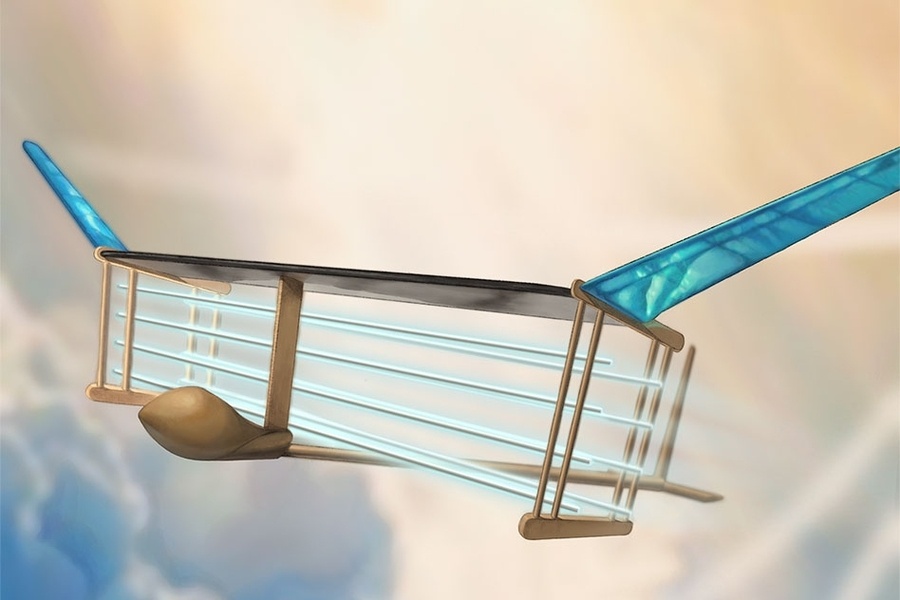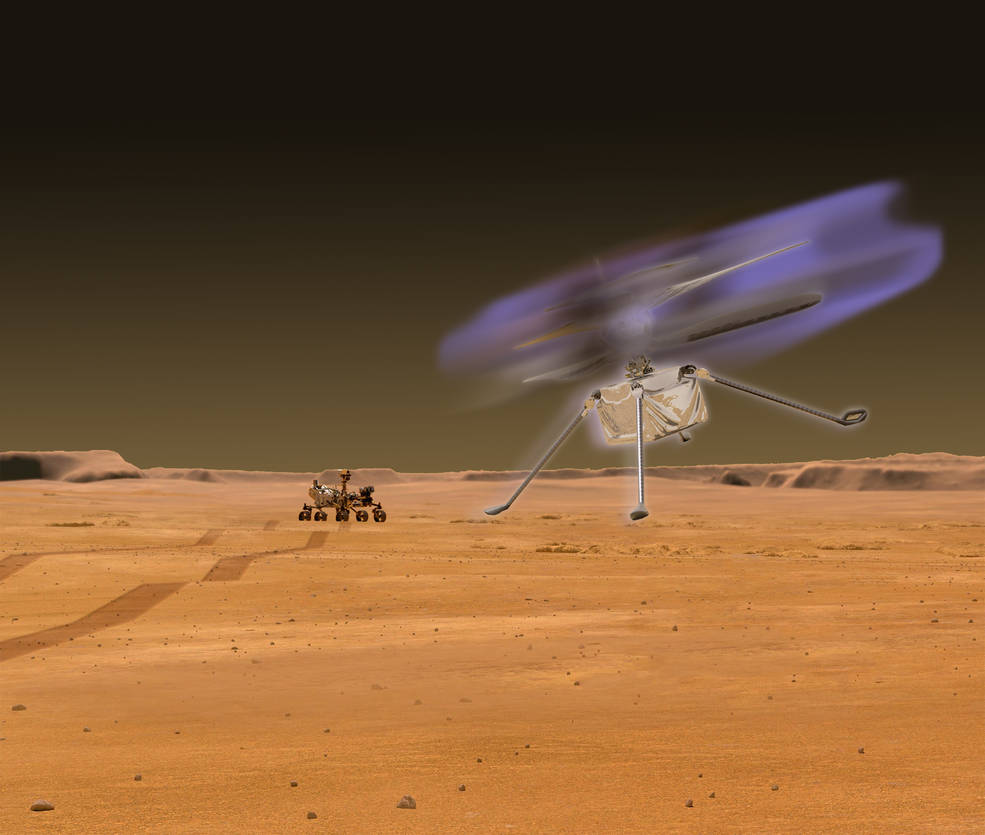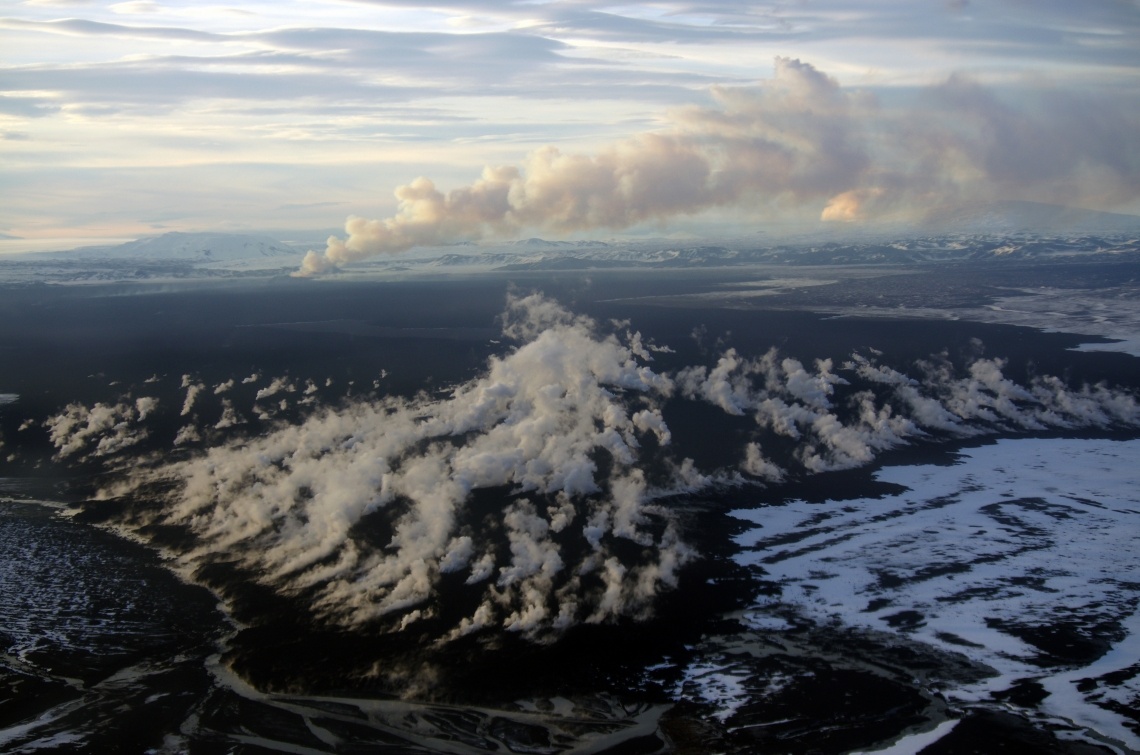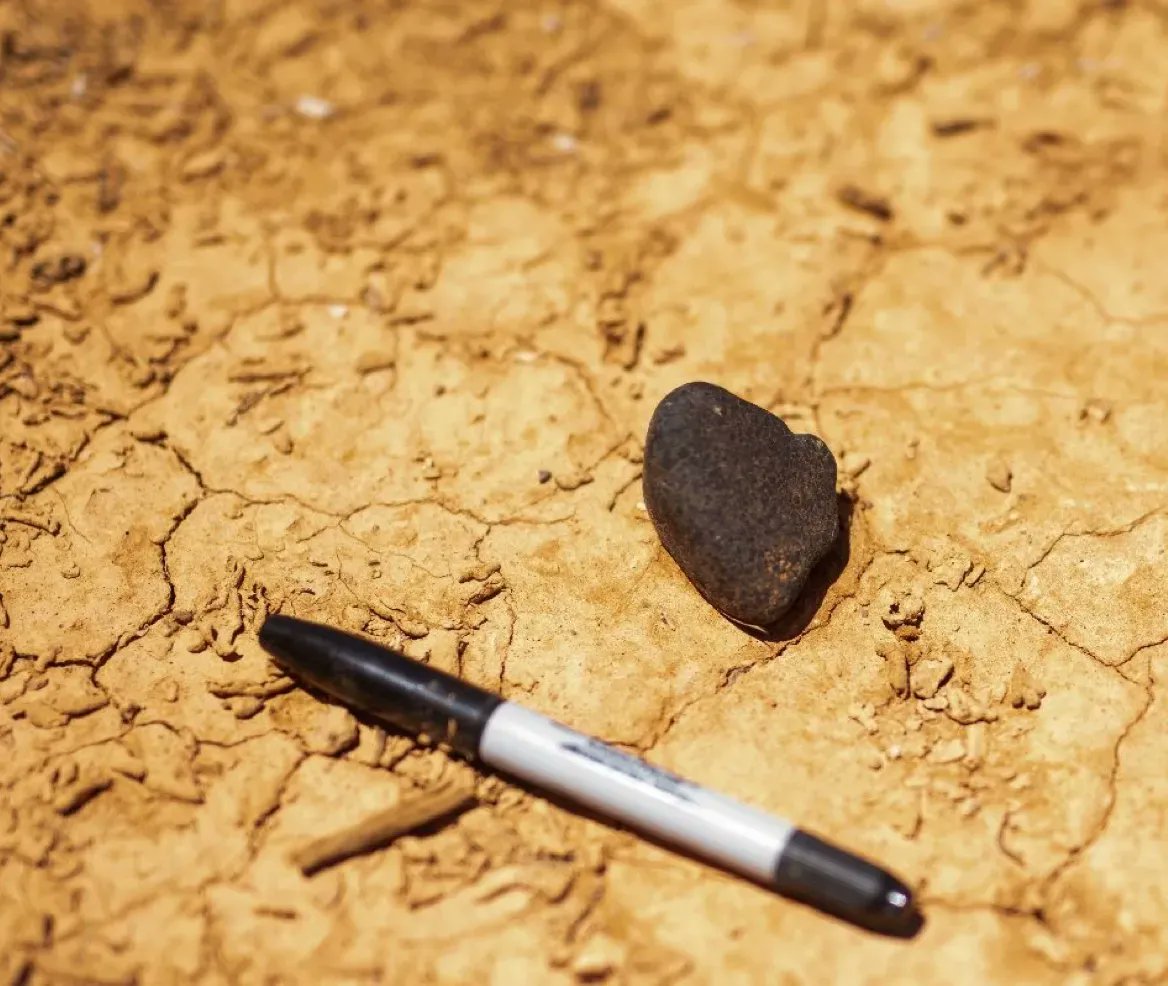Drones have become more and more ubiquitous in recent years. From recently discovering the Endurance to participating in wars, drones have made history in more ways than one. Now they have a new job title to add to their resume – meteorite hunter.
Continue reading “A Meteorite Recently Crashed Into Australia. A Drone Scoured the Area and Found it”Ion Engines Could Work on Earth too, to Make Silent, Solid-State Aircraft

Ion engines are the best technology for sending spacecraft on long missions. They’re not suitable for launching spacecraft against powerful gravity, but they require minimal propellant compared to rockets, and they drive spacecraft to higher velocities over extended time periods. Ion thrusters are also quiet, and their silence has some scientists wondering if they could use them on Earth in applications where noise is undesirable.
Continue reading “Ion Engines Could Work on Earth too, to Make Silent, Solid-State Aircraft”Glowing Helicopters on Mars

If the Ingenuity helicopter would fly at night on Mars, its very possible the whirring rotors would create enough static electricity in the extremely dry Martian atmosphere to cause the air around the craft to glow.
“The faint glow would be most visible during evening hours when the background sky is darker,” said William Farrell, from Goddard Space Flight Center and lead author of a paper on this topic. “NASA’s experimental Ingenuity helicopter does not fly during this time, but future drones could be cleared for evening flight and look for this glow.”
Continue reading “Glowing Helicopters on Mars”Researchers Have Taught a Drone to Recognize and Hunt Down Meteorites Autonomously

Planetary scientists estimate that each year, about 500 meteorites survive the fiery trip through Earth’s atmosphere and fall to our planet’s surface. Most are quite small, and less than 2% of them are ever recovered. While the majority of rocks from space may not be recoverable due to ending up in oceans or remote, inaccessible areas, other meteorite falls are just not witnessed or known about.
But new technology has upped the number known falls in recent years. Doppler radar has detected meteorite falls, as well as all-sky camera networks specifically on the lookout for meteors. Additionally, increased use of dashcams and security cameras have allowed for more serendipitous sightings and data on fireballs and potential meteorite falls.
A team of researchers is now taking advantage of additional technology advances by testing out drones and machine learning for automated searches for small meteorites. The drones are programmed to fly a grid search pattern in a projected ‘strewn field’ for a recent meteorite fall, taking systematic pictures of the ground over a large survey area. Artificial intelligence is then used to search through the pictures to identify potential meteorites.
Continue reading “Researchers Have Taught a Drone to Recognize and Hunt Down Meteorites Autonomously”New Drones for Exploring Mars are Getting Tested in Iceland

It’s looking more and more like the future of space exploration could involve drones in a big way.
We’ve already seen it here on Earth, where all kinds of flying drones are used by all kinds of people for all kinds of things. Drones are particularly useful in resource development, exploration, imaging, and remote sensing.
Could the future see drones flying around in the thin Martian atmosphere?
Continue reading “New Drones for Exploring Mars are Getting Tested in Iceland”
